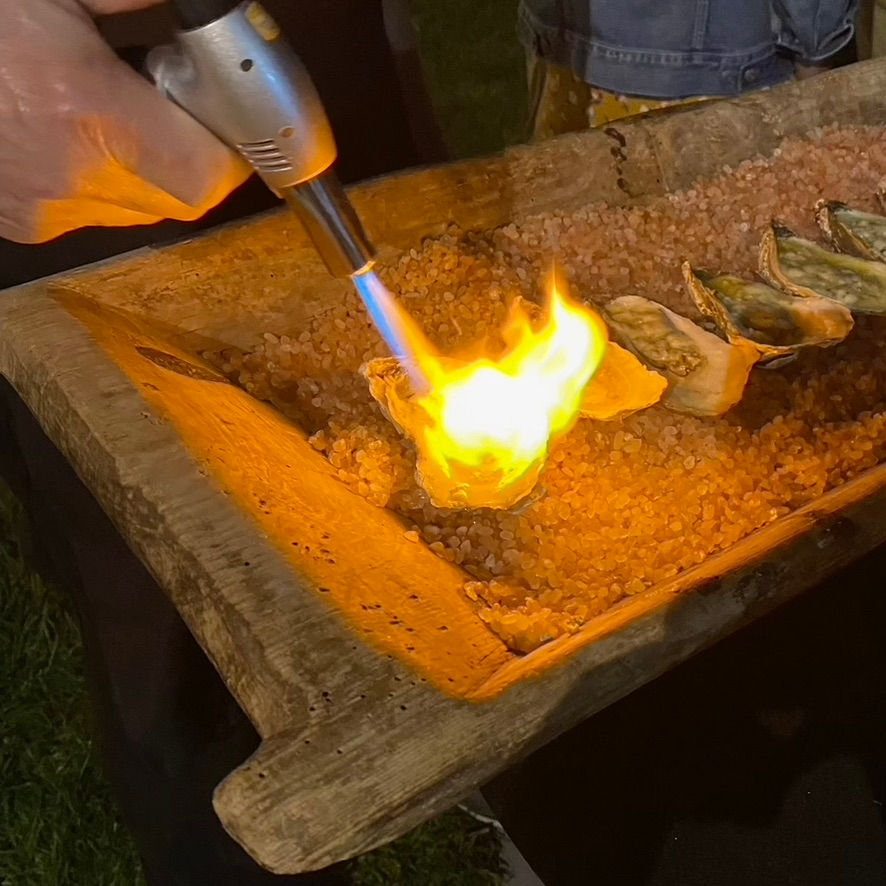Which way is up?
- Chris

- Mar 10, 2024
- 2 min read
Updated: Mar 11, 2024
Given an oyster's asymmetrical form, we can easily distinguish between the two halves, technically called "valves" of the bivalve. However, there is a difference in opinion on which side is the "top" and which is the "bottom". This difference in opinion has been around a long time. J.T. Cunningham in his "The Resting Position of Oysters" article published on Oct 22 1885 in Nature, he states, "it seems to me certain that the current belief [that the cup or curved-side the bottom] is caused by the repetition of an error." The same article points out that this difference in opinion can even be found among seasoned watermen of the same region.
For the biologically-minded, the typical resting position of oysters in nature where the flat side of the shell is oriented down in contact with the bottom or other substrate is called the bottom. However, talk to many who eat, cook and present oysters, the cupped side of the shell effectively becomes the bottom and performs perfectly in this manner, offering a ready cup-like container perfect for holding the oyster, the liquor and anything else one might want to add.

These different perspectives have unique defintions that serve their point of view, but rather than define top and bottom and fuel debate in the community, we will refrain from these terms of orientation and simply call them for what they are: The flat side/shell and the cupped side/shell. This convention will hold true for many oysters you experience. There are some species and aquaculture growing methods that present a more symmetrical clam-like bi-valve form, but to the observant, there will still be a "mostly flat" and a "more cupped" distinction one can notice.




Comments